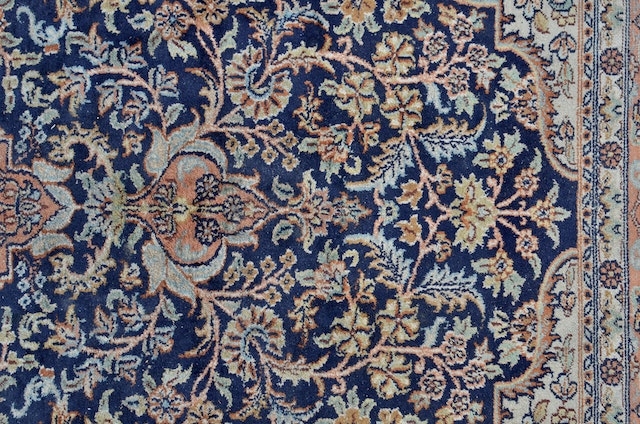
History and origins of Southwestern rug design
Traditional Handcrafted Southwestern Home Rug
Southwestern home rugs are not just a decorative piece for your house, they hold a rich history and cultural significance that dates back centuries. These handcrafted rugs are traditional to the Southwest region of the United States and have been passed down through generations of Indigenous peoples.
The designs and patterns found on Southwestern home rugs often depict symbols and motifs that hold deep cultural meanings. For example, geometric shapes represent elements of nature like mountains, rivers, and the sun. Colors used in these rugs also hold significance - red symbolizes strength and energy, while blue represents water and life.
These rugs are more than just floor coverings; they tell stories of the people who created them. Each rug is unique and showcases the craftsmanship and artistic skill of its maker. The intricate weaving techniques used to create these rugs have been perfected over centuries, making each piece a true work of art.
In addition to their cultural significance, Southwestern home rugs also play a practical role in everyday life. They provide warmth during cold winter months, cushioning for tired feet, and add a touch of beauty to any space they adorn.
Overall, Southwestern home rugs are an important part of Indigenous culture in the Southwest region. They serve as a reminder of traditions passed down through generations and continue to be cherished as both functional items and pieces of art.